Nature reserves
Landscape parks
Areas of protected landscapes
Natura 2000 areas
Natural monuments
Ecological sites
Species protection of animals
 Asset Publisher
Asset Publisher
80. rocznica forsowania Nysy Łużyckiej – uroczystości w Przewozie
80. rocznica forsowania Nysy Łużyckiej – uroczystości w Przewozie
W Przewozie odbyły się uroczystości upamiętniające 80. rocznicę forsowania Nysy Łużyckiej – jednego z momentów końcowej fazy II wojny światowej. W kwietniu 1945 roku, żołnierze 2. Armii Wojska Polskiego pod dowództwem gen. Karola Świerczewskiego rozpoczęli ofensywę, która miała otworzyć drogę do Berlina.
Obchody rozpoczęły się mszą świętą w intencji poległych żołnierzy, po której uczestnicy – w tym kombatanci, przedstawiciele władz lokalnych, wojewódzkich oraz delegacje wojskowe i młodzież szkolna – złożyli kwiaty pod pomnikiem upamiętniającym tamte wydarzenia.
W trakcie uroczystości odczytano apel poległych, oddano salwę honorową oraz przypomniano znaczenie operacji forsowania Nysy Łużyckiej dla zakończenia działań wojennych w Europie. Głos zabrali m.in. Wojewoda Lubuski Marek Cebula, Wójt Gminy Przewóz Ewelina Rzepka oraz przedstawiciele organizacji kombatanckich, którzy podkreślali wartość pamięci historycznej i potrzebę jej przekazywania kolejnym pokoleniom. W obchodach wzięli udział m.in. potomkowie żołnierzy poległych w walkach, samorządowcy, a także leśnicy z Nadleśnictwa Wymiarki.
Obchody rocznicy były okazją nie tylko do oddania hołdu poległym, ale także do refleksji nad tragiczną ceną wojny i wartością pokoju.


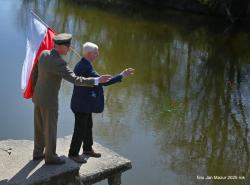 foto. Jan Mazur
foto. Jan Mazur
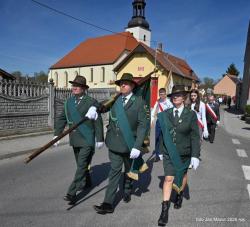 foto. Jan Mazur
foto. Jan Mazur
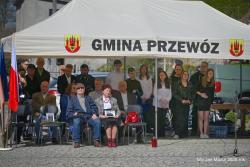 foto. Jan Mazur
foto. Jan Mazur
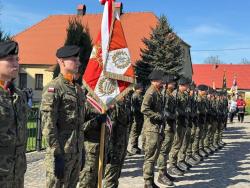 foto. Jan Mazur
foto. Jan Mazur
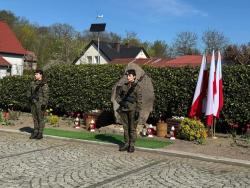 foto. Jan Mazur
foto. Jan Mazur



